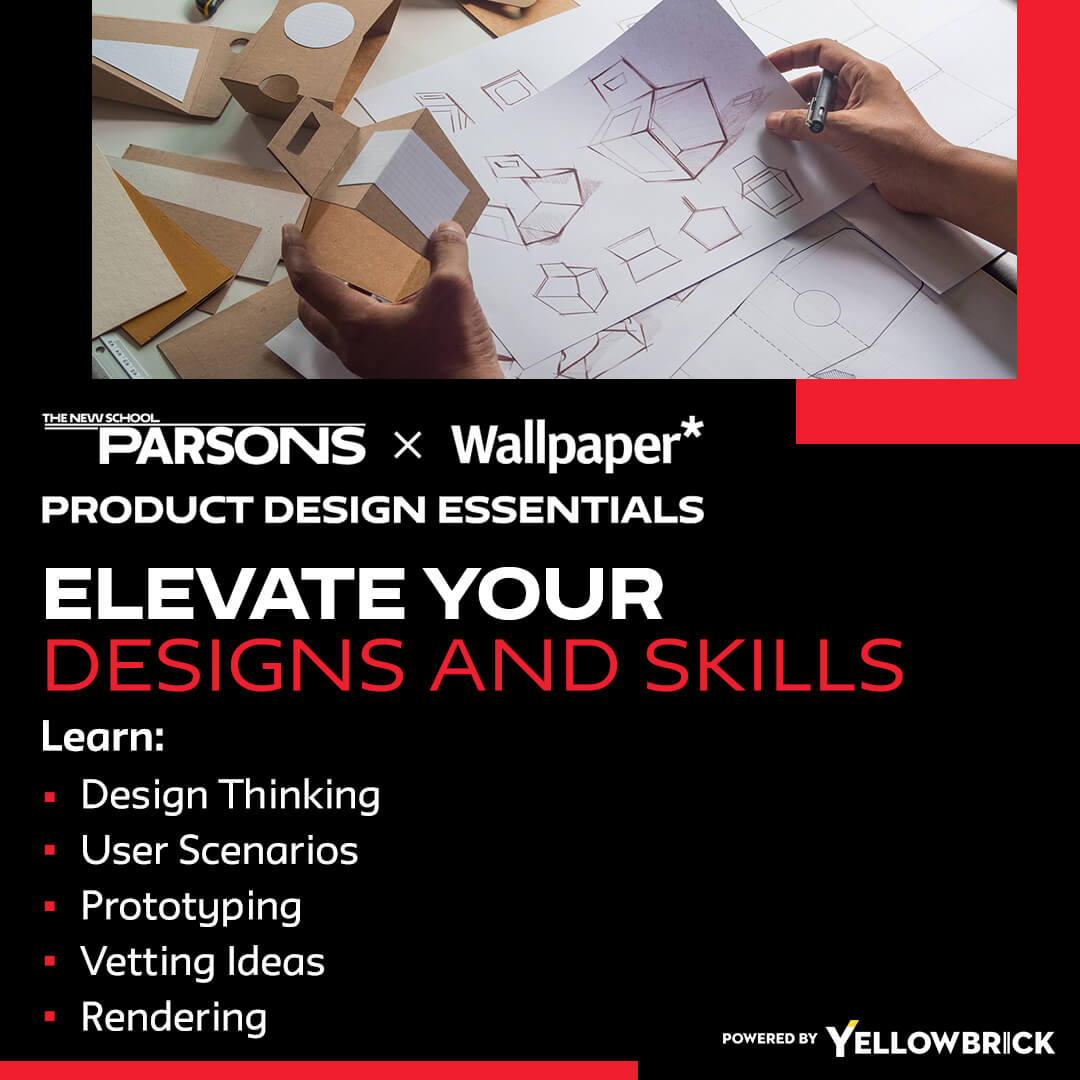Product Design and Diversity

What impacts one impacts us all when it comes to product design. Or as Martin Luther King said, “What affects one affects all of us.” Consciously or not, we’re often considering our shared experiences and evaluating the designer of product development. We think about who is on the design team and who is authoring these products that are making their way to market. Sometimes, we realize that essential products like medical devices, educational tools, technological programs, and the cars that we drive are not crafted by a team that is as diverse as it should be.
Let’s take America, for instance. Our nation is a very diverse country. It is referred to as “a melting pot” or “a salad.” A more contemporary term might be “a hot pot.” We have people coming to this country from different cultures, different races, different ethnicities, different nationalities, different religions, and different genders. Instead of insisting on a generic, one-size-fits-all product design, we should celebrate our differences and incorporate them into our design work.
When we think about how a product that is used by people from such diverse backgrounds we ask “how can it possibly be perfect for every individual? How can one product be satisfactory to someone who is very tall, someone who’s very short, to someone who is sighted, or someone who was born deaf?” To a person with neurological challenges, a common product design might be perceived very differently than by someone who’s considered to be highly functional in a conventional sense.
These variations and the way people live as well as their individual experiences suggest that product design education is truly intersectional and is influenced by many factors. A designer can make design decisions in a studio in the Midwest or in Philadelphia where I live, but they don’t know anything about those who live in South Texas and grew up on a ranch. How do they have meaningful conversations about a product? They don’t. We make a lot of assumptions about public perception of our goods and services.
With ethnographic research, we asked a few people some questions and gathered enough insights to enlighten our understanding. With relevant feedback, I can go and work on my idea. And what happens is that there’s a disconnect between the products that are made and the people who they serve. We end up with products that don’t work as well as they should. Building inclusivity into our design approach is the first step toward meeting diverse consumer needs. Online product design education can become the next step for those who want to enter this challenging but rewarding field.


